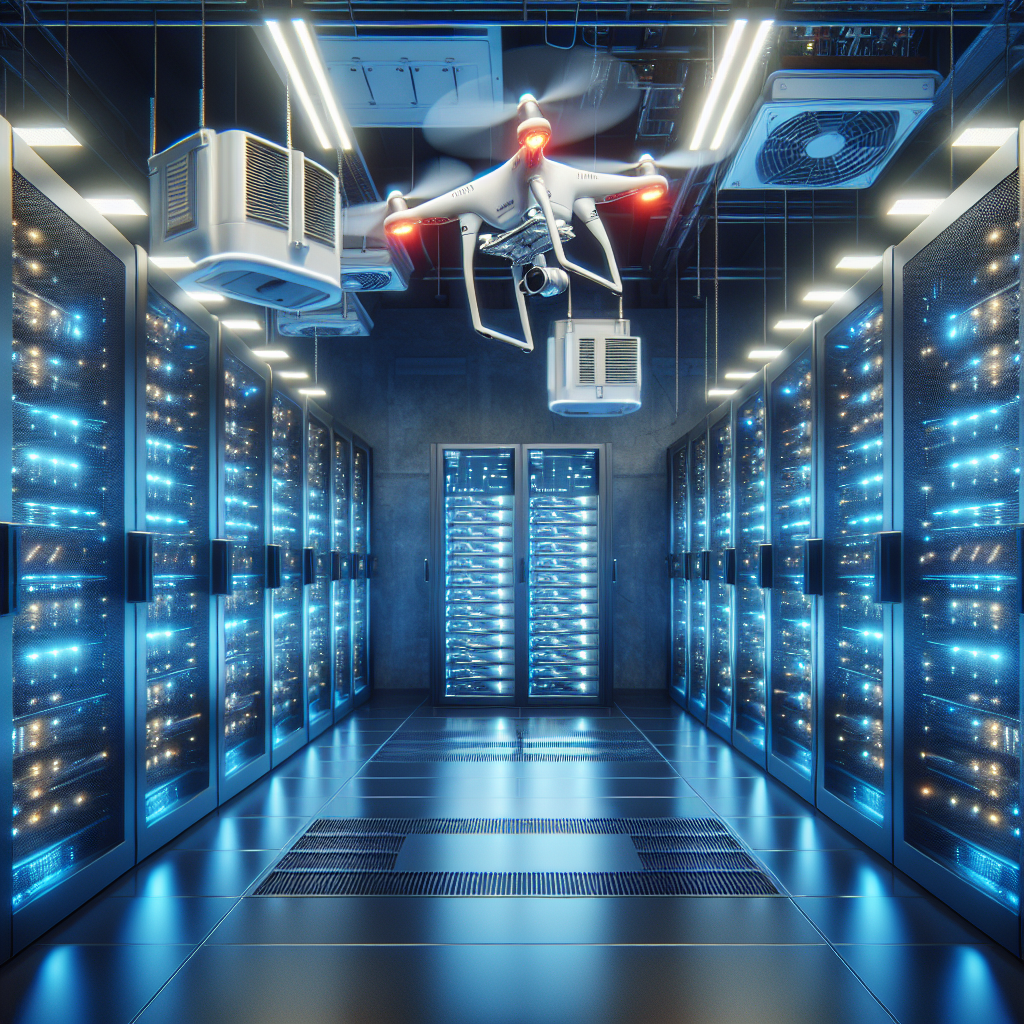Data centers are the backbone of the modern digital world, providing the infrastructure needed to store, manage, and process vast amounts of data. As technology continues to evolve at a rapid pace, data center server technology is also advancing to meet the growing demands of businesses and consumers alike. In this article, we will explore some of the top trends in data center server technology that are shaping the future of the industry.
1. Edge Computing: Edge computing is a distributed computing paradigm that brings processing power closer to the source of data. This trend is gaining momentum as organizations seek to reduce latency and improve the performance of their applications. By moving computing resources closer to where data is generated, edge computing can help organizations achieve faster response times and better overall user experience.
2. Hyperconverged Infrastructure: Hyperconverged infrastructure (HCI) is a software-defined approach to data center management that combines compute, storage, and networking into a single, integrated system. HCI solutions are gaining popularity due to their simplicity, scalability, and cost-effectiveness. By consolidating multiple components into a single platform, organizations can streamline their operations and reduce the complexity of managing their data center infrastructure.
3. Software-Defined Networking: Software-defined networking (SDN) is a technology that allows organizations to programmatically control and manage their network infrastructure through software. SDN enables organizations to automate network provisioning, improve network performance, and enhance security. By decoupling network control from the underlying hardware, SDN can help organizations achieve greater flexibility and agility in their data center operations.
4. AI and Machine Learning: Artificial intelligence (AI) and machine learning (ML) are revolutionizing the way data centers operate. These technologies can analyze vast amounts of data in real-time, identify patterns and trends, and make intelligent decisions without human intervention. AI and ML can help organizations optimize their data center operations, improve energy efficiency, and enhance overall performance.
5. Immersion Cooling: Immersion cooling is a cooling technology that involves submerging servers in a dielectric fluid to dissipate heat more efficiently. This trend is gaining traction as organizations seek to improve energy efficiency and reduce their environmental footprint. Immersion cooling can help data centers achieve higher power densities, reduce cooling costs, and improve overall performance.
6. Containerization: Containerization is a technology that allows organizations to package and deploy applications in lightweight, portable containers. Containers provide a consistent and isolated environment for running applications, making it easier to deploy and manage software across different environments. By adopting containerization, organizations can achieve greater agility, scalability, and efficiency in their data center operations.
In conclusion, data center server technology is undergoing rapid innovation to meet the growing demands of the digital economy. As organizations continue to adopt new technologies and embrace digital transformation, it is essential to stay abreast of the latest trends in data center server technology to remain competitive in the market. By leveraging edge computing, hyperconverged infrastructure, software-defined networking, AI and machine learning, immersion cooling, and containerization, organizations can build a more agile, efficient, and resilient data center infrastructure to support their business operations.

Leave a Reply
You must be logged in to post a comment.